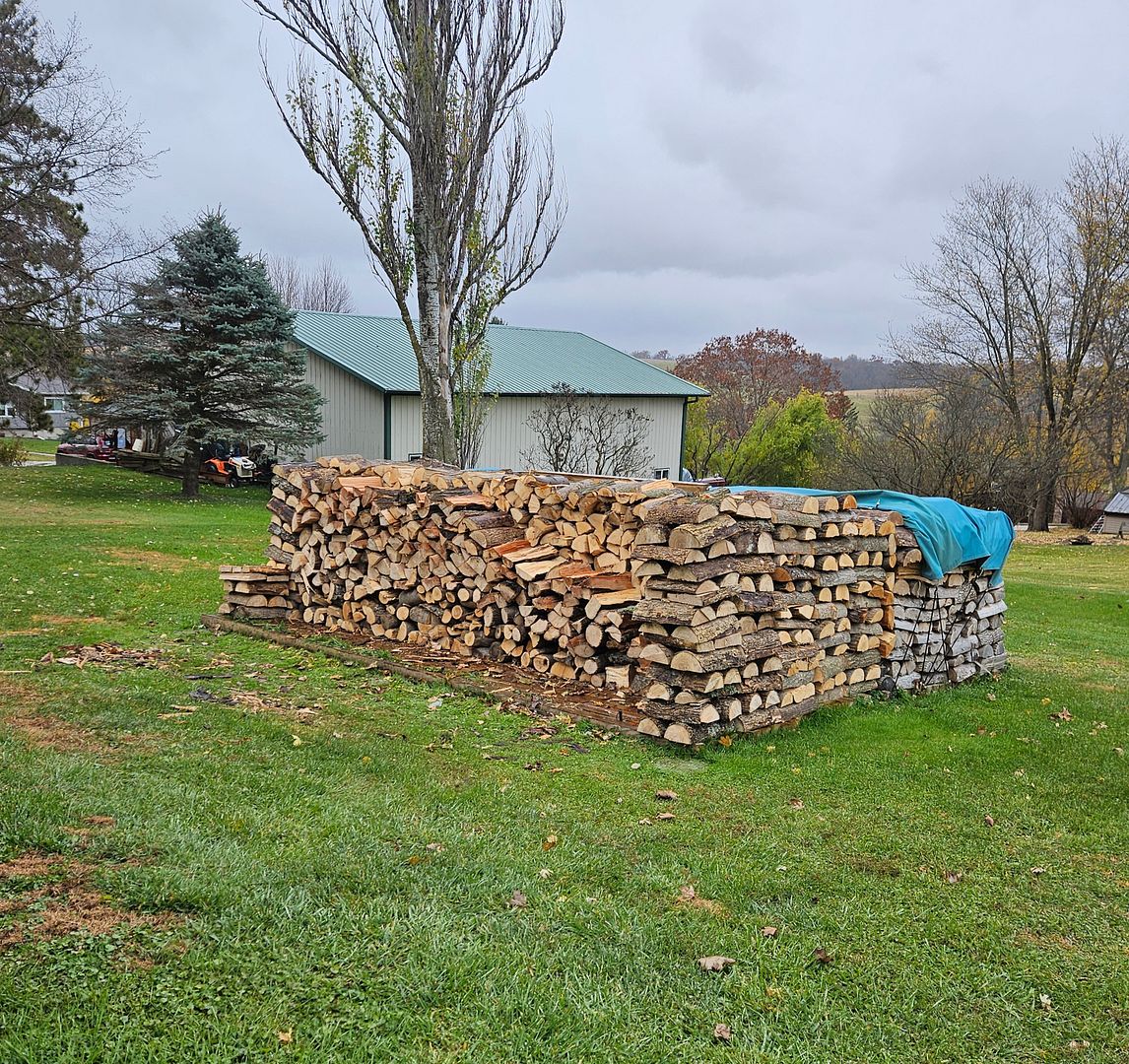- Welcome to FinsandFur.net Forums.
Recent posts
#41
The Tailgate / Re: Have a Wonderful Thanksgiv...
Last post by Hawks Feather - November 27, 2025, 11:41:11 AMHappy Thanksgiving to all. My wife and I will be enjoying Thanksgiving together and then meeting the kids and grandkids on Saturday. One daughter's divorce was just finalized and the X gets the kids today and tomorrow. {After being married to my daughter for 22 years, he decided he is gay 🦨.}
#42
The Tailgate / Re: Have a Wonderful Thanksgiv...
Last post by FinsnFur - November 27, 2025, 08:35:53 AMYep Happy Thanksgiving to each and everyone of you. 
Life isnt always fair, but there will always be many things to be thankful for, to those willing to recognize it.

Life isnt always fair, but there will always be many things to be thankful for, to those willing to recognize it.
#43
The Tailgate / Have a Wonderful Thanksgiving!
Last post by Okanagan - November 26, 2025, 11:30:55 PMWishing you the best Thanksgiving ever, with people you love and who love you. Good food, good memories, and make some new ones.
#44
Non Hunting/Fishing Photos / Re: Mountaineers.
Last post by nastygunz - November 26, 2025, 11:28:51 PMIt's amazing how many different names they have too, whiskey Jack, camp robber, robber Jay, etc etc.
Quote from: Okanagan on November 26, 2025, 10:07:01 AMQuote from: nastygunz on November 25, 2025, 11:50:29 PMIt is a whiskey jack.
Yep. Amazing to me that the same bird is common clear across the continent, on Vancouver Island and all through British Columbia.
#45
Non Hunting/Fishing Photos / Re: Mountaineers.
Last post by nastygunz - November 26, 2025, 11:26:53 PMYes I thought that was kind of a dumb move.
#46
The Tailgate / Re: Well.. it's about that tim...
Last post by nastygunz - November 26, 2025, 11:25:34 PMThat's the neatest wood pile I've ever seen.
#47
The Tailgate / Re: Well.. it's about that tim...
Last post by Okanagan - November 26, 2025, 11:22:28 PMLookin' excellent! Love it. Lotta work, but great reward from your work.
#48
The Tailgate / Re: Well.. it's about that tim...
Last post by FinsnFur - November 26, 2025, 08:37:14 PMDONE!! 
I have to stop and ask myself what has become of my life when I get excited over getting my wood pile finished for the year?
I'm even more excited to be done before Thanksgiving. She was close!



I even have a little more then a trailer full extra, that wont fit on my wood pad out there.

I wish you could hear and feel the burning wood crackling in the dining room while I type this.

Man I love it.

I have to stop and ask myself what has become of my life when I get excited over getting my wood pile finished for the year?

I'm even more excited to be done before Thanksgiving. She was close!




I even have a little more then a trailer full extra, that wont fit on my wood pad out there.

I wish you could hear and feel the burning wood crackling in the dining room while I type this.


Man I love it.
#49
Non Hunting/Fishing Photos / Re: Mountaineers.
Last post by msmith - November 26, 2025, 08:05:08 PMShorts?  That makes me cold.
That makes me cold.
 That makes me cold.
That makes me cold. #50
Non Hunting/Fishing Photos / Re: Mountaineers.
Last post by Okanagan - November 26, 2025, 04:13:10 PMGreat pics of hiking real mountains in serious snow. Love it!
